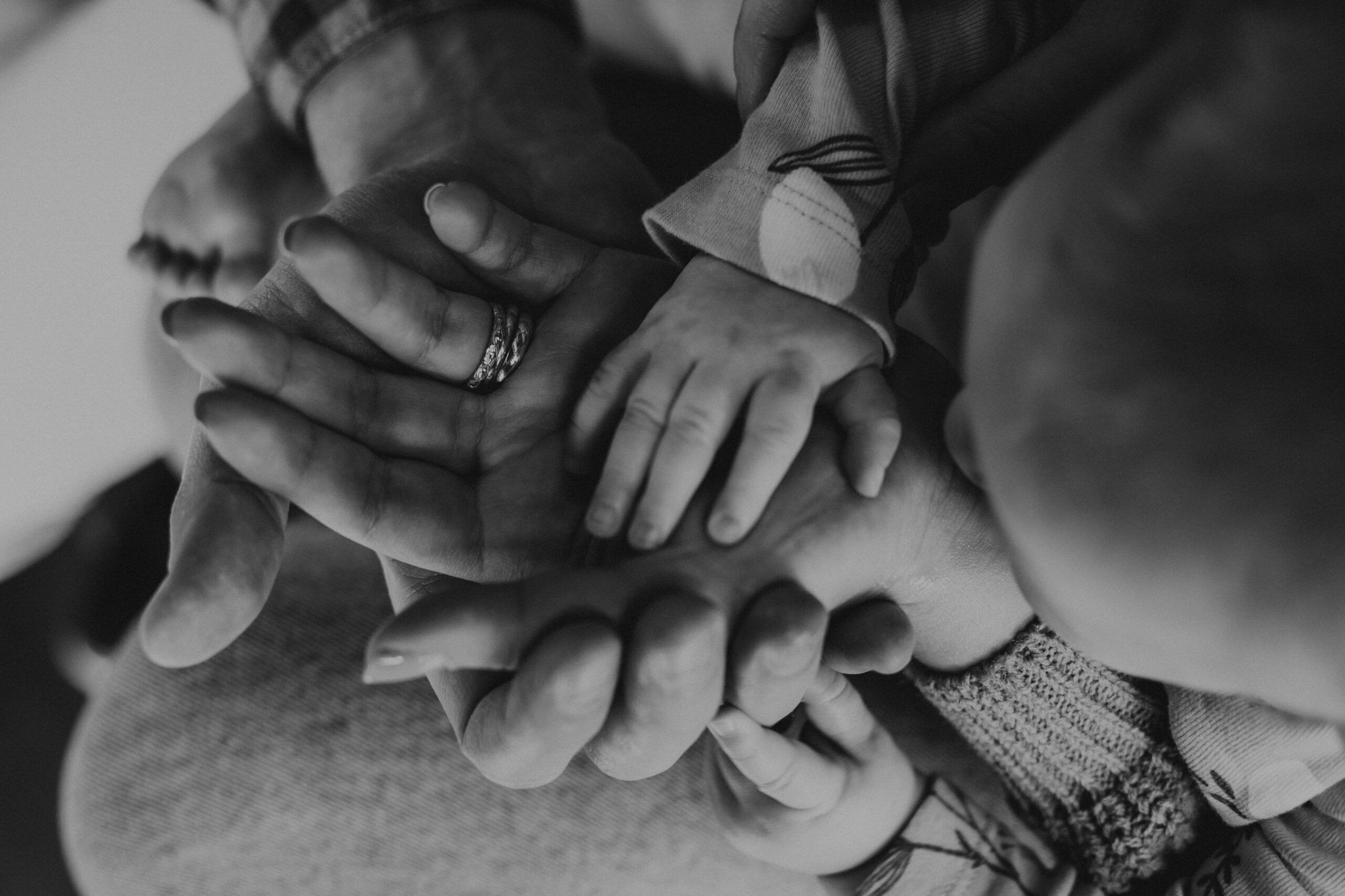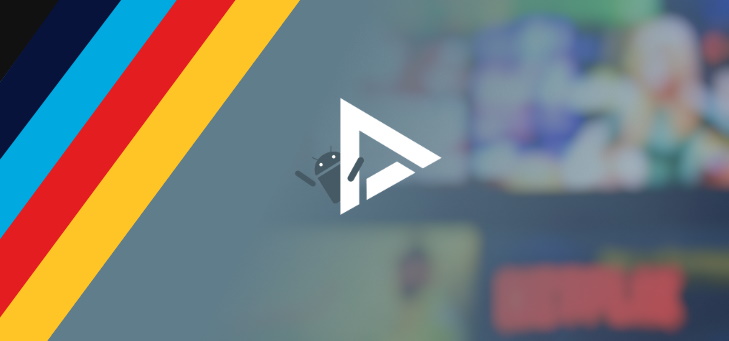Noor and Elisabeth are fighting for a scheme to terminate the life of young children after the loss of their daughters
Children between the ages of 1 and 12 who suffer hopelessly and unbearably are not eligible for termination of life. There is currently nothing legally regulated. Noor Dietvorst and Elisabeth Bruinja both lost a daughter after an inhumane deathbed. In an interview with De Volkskrant they say: “You have a range of options to determine how your child is born. But not: how your child dies.”
In the case of unbearable suffering of children under the age of 12, parents can only wait for their child to die or opt for palliative sedation — to make someone lose consciousness with drugs to barely experience the last phase of life. Although even the latter option is not always an option.
At the moment, children who suffer hopelessly are often given a sleeping pill and morphine. Some children are also deprived of other medications and food and drink. That agony can last days, sometimes weeks. “Degrading,” say paediatricians and parents. The mothers are therefore fighting for a settlement whereby children do not have to suffer longer than necessary.
Noor and Elisabeth had to go through this terrible agony with their daughters. Now fighting for a better regulation, they say in De Volkskrant. And after reading their story, we understand exactly why this is so important.
Maria (3 years)
“Mara was 1 year and 9 months old when things went wrong,” says Noor. The girl had a convex back, her belly protruded and she walked crazy. When she eventually developed a thick, swollen eyelid that turned yellow, they went to the doctor. They thought it was a double middle ear infection and the antibiotics didn’t work. On March 25, 2012, they were told that Mara had a neuroblastoma, a tumor near her right kidney. “Then the ground disappears from under your feet.”
The tumor had been there since birth and was now 12 centimeters in size. An MRI scan also showed that Mara had metastases everywhere. “It turned out to be stage 4, the toughest. Another blow. Every time we thought it couldn’t get any worse, every time it could get worse.” She received radiation, chemo, blood transfusions and even immunotherapy in Philadelphia. One year after the disease was discovered, the family received the message: your child will not get better.
Mother Noor describes her daughter as ‘a plant’. “She slept eighteen hours a day. Yet she revived.” The girl was active and cheerful. Pain free too. Until bad news came again. Eventually, the girl also suffered a cerebral hemorrhage that left her unable to speak. Noor and her husband would have liked to have had the choice to think about active termination of life. But that is forbidden. “There was no choice, only palliative sedation. The GP increased the dose of morphine. She didn’t calm down, she became very restless. And her heart just kept going.” The last word she could utter was pain.
In the end, the parents decided to remove her nasogastric tube, because the girl only vomited. “Then she had no more food and drink. She suffered. I’m convinced of that.” Mara passed away after five days of hopeless suffering.
Hannah (11 months)
In 2018, Elisabeth became pregnant. She was very careful throughout her pregnancy. “I had the feeling: I can’t jinx the pregnancy.” Only after 32 weeks did she dare to pick up “a fuchsia pink pram” via Marktplaats. “That morning I had an ultrasound. There was a small dilation in the fluid chambers in the brain. I immediately thought: it is wrong.”
Little Hannah turned out to have a tumor and she would be born with hydrocephalus. The tumor grew very fast, one centimeter per week. At week 37 they got Hannah and removed the tumor. “One day we had the hope that everything would be okay.” But alas: little Hannah went from complication to complication. “She had the dreaded West syndrome, severe epilepsy in the first year of life. Only the highest conceivable dose of prednisone had an effect: 60 milligrams, often too much for adults.”
Elisabeth and her partner Mark fought for Hannah, but when she found out she had West syndrome, all hope was lost. They started thinking about active termination of life. Unfortunately, that was not possible for Hannah. The pediatrician and neurosurgeon explained to the parents that they would have to wait for “an accidental complication from which she may die.”
The girl contracted chickenpox, but survived. Then came more violent epileptic seizures. “Hannah turned out to be out of treatment. Was active termination of life actually possible? No.” Elisabeth explains that Hannah still reacted to stimuli. “When you poked her, her arm moved. For the neurologist on duty, that was enough to say: this is neurologically normal behavior for a child with her abnormalities.” The family was stunned.
In the end, the pediatrician was on their side. Hannah suffered hopelessly, her prognosis was poor and it was still not possible to arrange a dignified farewell for the girl. According to the doctors, there was a reasonable alternative: palliative sedation at home. “But then the doctor dropped out.” The family was at their wits’ end. In the end they decided to stop fluids and nutrition. “This had to be it. Hannah couldn’t hold anything back anyway. But we did feel that her agony was unnecessarily prolonged. In nine days without food and fluids, the girl became emaciated.” Yet her life was still not allowed to end.
She describes how little Hannah turned completely blue just before her death. “Every time you think: this was her last breath,” she says. “We said goodbye to her seventeen times in 24 hours. Finally she gave up the ghost. After ten days without fluids and nutrition.” She died four days before her birthday. The girl was buried on her first birthday.
A life termination scheme for children up to the age of twelve
The cabinet is now working on a scheme for termination of life for children up to the age of twelve who are suffering unbearably and without prospect of improvement. Every year this concerns about five to ten children. Outgoing D66 Minister Ernst Kuipers of Public Health thinks it is important that this law be amended. “This is a very complex subject that deals with very harrowing situations. Situations you wouldn’t wish on anyone. I am pleased that, after intensive consultation with all parties involved, we have come to a solution with which we can help these terminally ill children, their parents and also their practitioners.”



